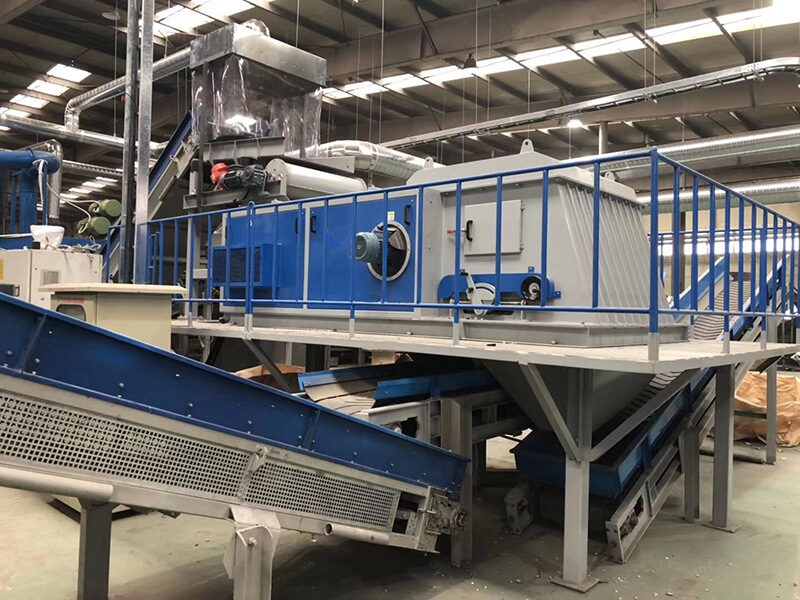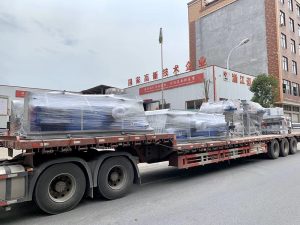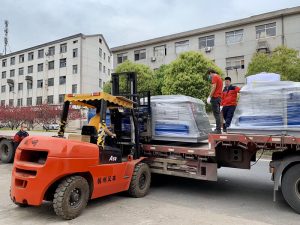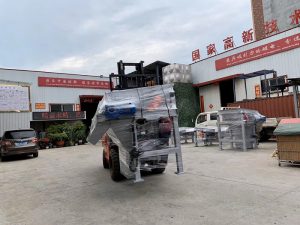Eccentric Eddy Current Separator Using For E-waste / WEEE Recycling
Keywords: Eddy Current Separator For E-Waste Recycling, Eddy Current Separator, ECS, Eccentric Eddy Current Separator, Waste Electrical and Electronic Equipment (WEEE) Recycling.
Why Use ECS For E-Waste?
Electronic waste includes all discarded electronic equipment. There are many types of e-waste: Some e-waste contains arsenic, mercury, lead and other harmful substances.
In addition, the metals contained in e-waste, especially precious metals, are tens or even hundreds of times higher in grade than natural mineral deposits, and the recovery cost is generally lower than that of natural mineral deposits.
The research and analysis results show that from 1 ton of randomly collected electronic boards, 143kg of copper, 0.5kg of gold, 40.8kg of iron, 29.5kg of lead, 2.0kg of tin, 18.1kg of nickel, and 10.0kg of antimony can be separated.
In printed circuit boards, the most common metal is copper, in addition to metals such as gold, aluminum, nickel, and lead, many of which are rare metals. Therefore, the recycling of e-waste can not only protect the environment but also bring huge benefits.
Customer's Situation
"S" company is an WEEE recycling company located in Seoul, South Korea. They are confused about how to separate the non-ferrous metals from the large amount of broken e-waste (mainly printed circuit boards), and make them after further processing. Finally sold as raw materials to the others.
They need to deal with about 500m³ of electronic waste every day. In order to ensure product quality and work efficiency, they have very high requirements for e-waste separation accuracy.
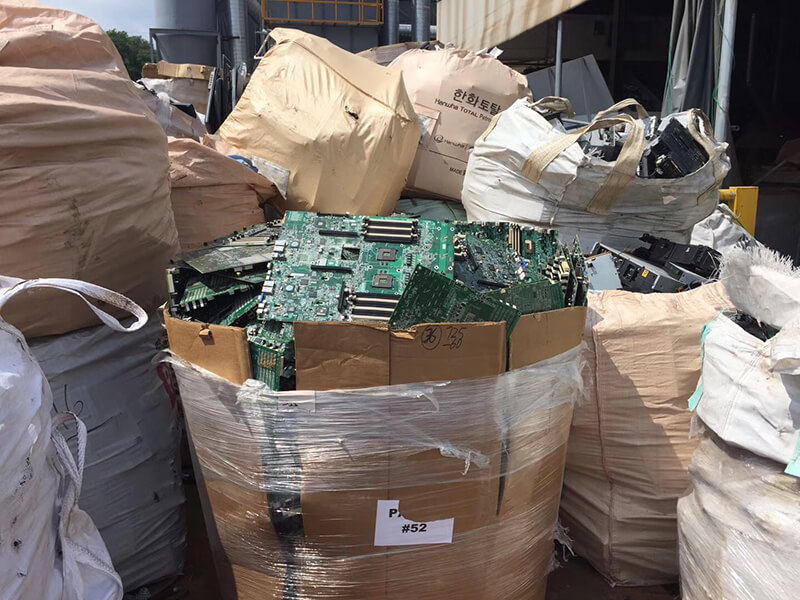
Our Solution: GTFX(P) Eccentric Eddy Current Separator
After receiving the enquiry from the "S" company, the engineer of GTEK MAGNET® recommended our GTFX(P) series eccentric eddy current separator to them immediately.
The advantage of this model is that the effect is particularly significant when separating materials with small size. And according to the situation, the material take-off point can be changed by changing the position of the eccentric shaft to achieve the best separation effect. It is especially suitable for separating non-ferrous metals from small-diameter electronic waste after crushing.
After rigorous calculations and the existing conveyor belt data provided by the customer, we recommended the GTFX(P)-12 eddy current separator for WEEE recycling to the customer, and recommended the GTRCT series upper-feed type drum magnet used with it to separate Iron impurities in WEEE.
After a period of discussion, the customer finally ordered two sets of eddy current separator and invited us to install and guide them on site.
Feedback Of GTFX(P)-12 Eddy Current Separator
At present, the machine is in excellent working condition, and the entire production line is running in an orderly manner. The separation of non-ferrous metals from WEEE can also achieve the desired effect.
GTEK MAGNET® sprayed the eddy current separator into the same color as the customer's entire line, making the factory looks more beautiful and integrated.
Customer has a very high evaluation of GTFX (P) series eddy current separators and are willing to purchase more equipment from us in the future.
Looking For an Eddy Current Separator?
We are here to help!
Tell us about the magnetic separation problems that plague you, let our experts recommend the most suitable magnetic separation equipment for you, get a free solution & quotation today!
Magnetic Separator
Magnetic Separators have widely applications in various fields. GTEK has more than 20 years' experience of manufacturing most commonly used magnetic separator. Get the one that suits your magnetic separation processing best.


